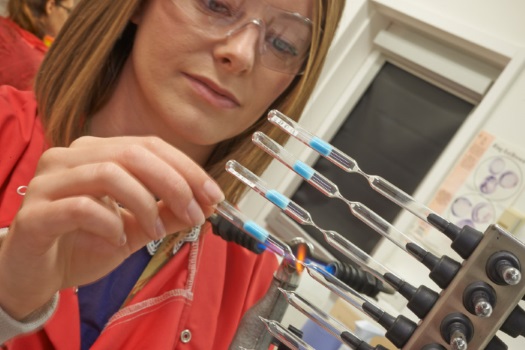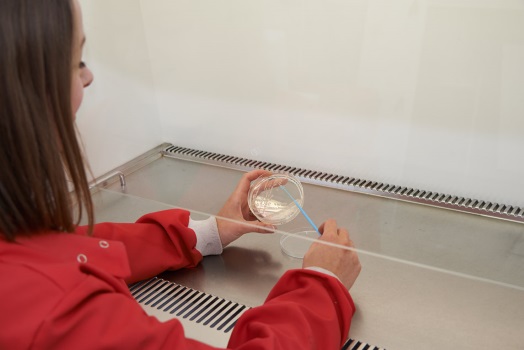National Collection of Plant Pathogenic Bacteria (NCPPB)
The Collection exists primarily to preserve and maintain, for use by research and educational establishments, and by industry, cultures of the world's bacterial plant pathogens. It is intended that sufficient cultures shall be kept of each species to be representative of its geographic and host range, and of the variation within it.


In 1947 the National Collection of Type Cultures shed its responsibility for cultures which were not of direct interest to the medical sciences. Their bacterial plant pathogens were combined with a collection which Dr W J Dowson was already maintaining at the Botany School, Cambridge, and the whole collection was maintained by him on behalf of the Agricultural Research Council until his retirement in 1956.
The Collection, then some 200 strains, moved to the Plant Pathology Laboratory of the Ministry of Agriculture, Fisheries and Food (MAFF) at Harpenden in June 1956, and was recognised in that year as a National Collection by the UK National Committee of the Commonwealth Collections of Micro-organisms.
In 1996 the NCPPB, now holding 3,500 strains, moved to a purpose-built facility near York, and since 2002 has been funded by the Department for Environment, Food and Rural Affairs (Defra) operating under licence in its parent organisation, Fera Science Ltd.
The NCPPB still continues its primary role of providing scientific support to the UK Plant Health Service.
The NCPPB provides lyophilised cultures, fixed cultures, and DNA (supplied in a range of formats and concentrations). The NCPPB catalogue provides up to date taxonomic data on the available strains and provides further detail about most of the strains held.